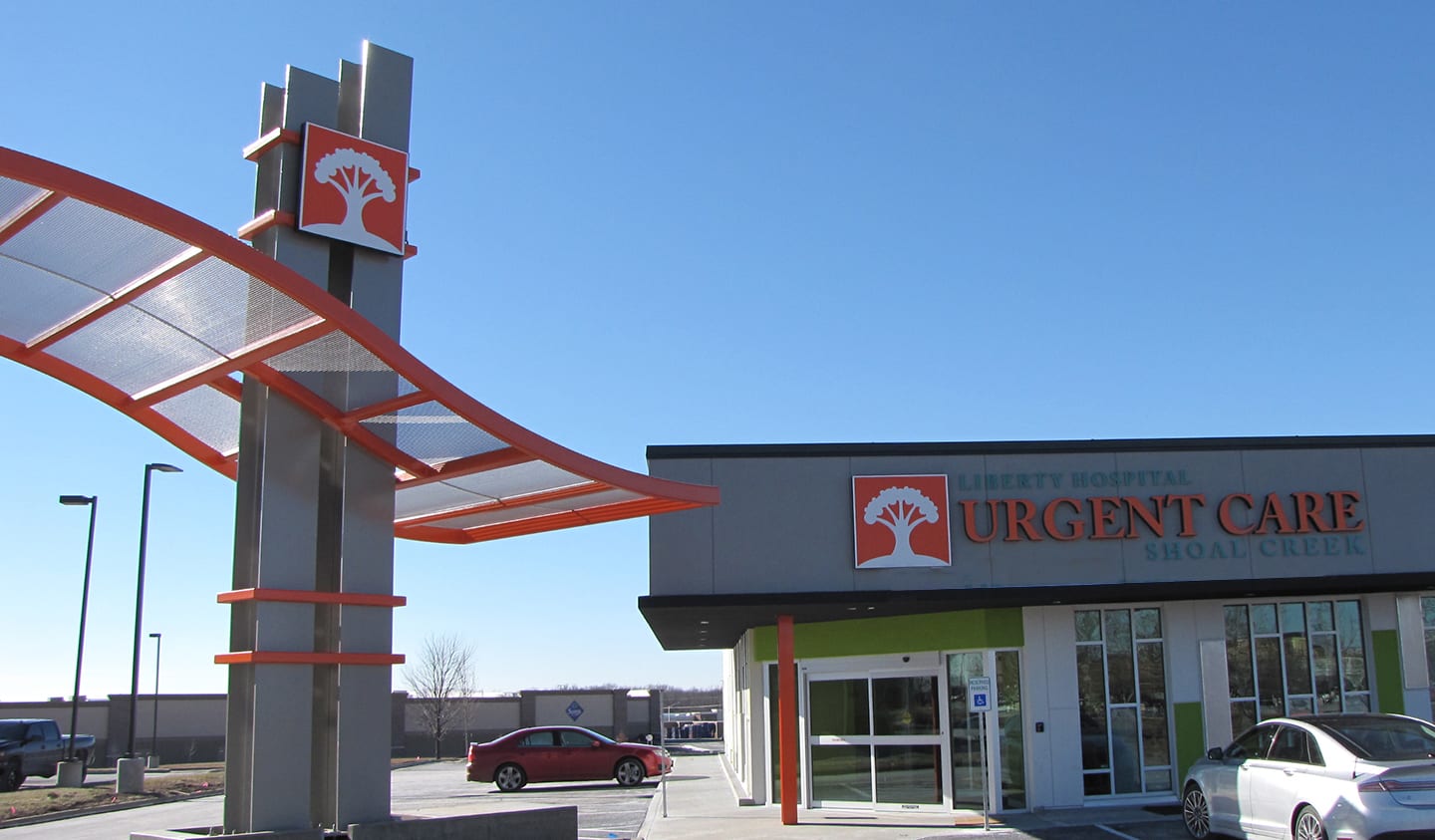Comparing Urgent Care Clinics: What Establishes Our Clinic Apart
Comparing Urgent Care Clinics: What Establishes Our Clinic Apart
Blog Article
The Value of Urgent Treatment Centers in Bridging the Space In Between Health Care and Emergency Situation Services
Immediate treatment facilities have become a vital component of the health care landscape, efficiently addressing the critical need for immediate medical interest without turning to emergency situation solutions. By giving treatment for non-life-threatening problems, these centers aid to ease the worry on emergency clinic and improve person access to timely therapy. Their expanded hours and diverse solutions accommodate an expanding populace seeking choices to conventional primary care. Nonetheless, the progressing role of immediate care facilities increases important concerns about their integration within the broader medical care system and the effects for person end results and source appropriation.
Review of Urgent Care Centers
Immediate care centers have actually ended up being a necessary element of the health care shipment system, supplying accessible medical solutions for non-life-threatening conditions. These centers typically operate outside conventional office hours, offering clients a choice to emergency clinic and medical care setups. Individuals seeking urgent treatment usually present with concerns such as small injuries, infections, or illnesses that call for punctual interest however do not pose an instant threat to life or limb.
Urgent care facilities are staffed by a variety of health care specialists, consisting of physicians, registered nurse professionals, and doctor assistants, who are equipped to detect and treat numerous clinical concerns. They frequently feature diagnostic devices such as X-ray makers and laboratory solutions, allowing them to offer extensive care on-site.
The establishment of immediate care facilities has been influenced by the raising demand for prompt medical solutions in a fast-paced culture, where patients may battle to secure consultations with medical care carriers. Because of this, these centers intend to relieve congestion in emergency situation departments, enhancing general health care efficiency. Additionally, urgent care centers typically offer as a bridge between medical care and emergency situation services, making certain that individuals get ideal care tailored to their particular clinical demands.

Advantages of Urgent Care Provider
Accessing timely medical treatment is a considerable advantage of urgent treatment solutions. These centers provide instant interest for non-life-threatening problems, properly minimizing wait times contrasted to conventional emergency situation departments. People seeking take care of small injuries, diseases, or urgent health and wellness problems can get treatment without the long hold-ups frequently connected with medical facility sees.
One more key advantage is the prolonged hours of procedure. Several urgent care facilities are open evenings and weekend breaks, fitting individuals that might not be able to visit their primary care provider during basic workplace hours. This adaptability makes urgent treatment an available choice for those with busy timetables or abrupt health concerns.
Additionally, urgent treatment facilities usually use a vast array of solutions, consisting of diagnostic screening, X-rays, and basic lab solutions. This extensive technique permits quick diagnosis and therapy, enhancing patient fulfillment.
Furthermore, urgent care facilities are generally much more cost-effective than emergency situation spaces, making them an attractive alternative for individuals without insurance coverage or those with high-deductible plans. Overall, immediate care solutions play an essential duty in supplying available, prompt, and inexpensive healthcare.
Comparison With Medical Care
Normally, people commonly weigh their alternatives between urgent treatment centers and health care carriers when looking for clinical interest. Both offer essential roles in the medical care system, yet they vary substantially in access, cost, and scope.
Key treatment companies are commonly the first point of contact for individuals, concentrating on long-lasting wellness management, preventive treatment, and chronic disease monitoring. They offer continuity of care, fostering a patient-provider relationship that allows for detailed health analyses and personalized treatment plans. However, arranging a visit can be taxing, often requiring days or weeks in advancement.
On the other hand, immediate treatment facilities offer instant look after non-life-threatening problems that require timely focus, such as minor injuries or infections. These facilities commonly run outside of traditional office hours, accommodating patients that may not be able to see their medical care service provider during routine organization times. In addition, urgent care is typically a lot more cost-efficient than emergency situation space sees, making it an appealing option for those with limited health care gain access to.
Ultimately, while urgent treatment facilities and primary care companies both add to patient health, they cater to unique needs, making it crucial for patients to identify which option ideal lines up with their conditions.
Emergency Solutions Communication
The interaction between urgent treatment centers and emergency situation services is a vital element of the medical care landscape, especially when patients encounter circumstances that might escalate in intensity. Urgent care facilities work as a bridge in between health care and emergency departments, attending to non-life-threatening conditions that call for immediate focus. This cooperation boosts individual outcomes and optimizes resource allocation within the health care system.
When individuals present with not dangerous however urgent concerns, immediate care facilities can effectively handle their needs, alleviating blockage in emergency areas. When an individual's problem exceeds the scope of urgent care treatment, Facilities geared up with analysis capacities can help with prompt references to emergency services. This seamless interaction aids ensure that clients get the appropriate degree of care without unneeded hold-ups.
Additionally, reliable communication between urgent treatment carriers and emergency services is critical. Sharing client details and treatment backgrounds fosters collaborated treatment, minimizing the risk of redundant tests and procedures. As medical care remains to develop, the vibrant relationship in between urgent care facilities and emergency solutions will play a crucial wikipedia reference role in improving individual care efficiency, complete satisfaction, and general health end results within the area.
Future of Urgent Treatment Facilities
As health care demands develop, the future of urgent care facilities is positioned to become progressively integral to the total clinical ecological community (Urgent Care). These centers are likely to broaden their roles by including sophisticated innovations, such as telemedicine, artificial knowledge, and electronic wellness document assimilation. This will certainly enhance person gain access to and enhance care sychronisation in between urgent treatment, key care, and emergency situation services
In addition, urgent treatment centers are anticipated to expand their solution offerings to include precautionary care and chronic condition monitoring. This change will place them as vital components in handling populace health, reducing the burden on emergency situation divisions, and addressing spaces in main treatment accessibility.
The growing pattern of value-based treatment will additionally visit this site speed up the transformation of immediate treatment centers, prompting them to focus on individual results and contentment. Facilities might additionally take on collective practice models, functioning carefully with experts and medical care providers to guarantee comprehensive client management.
Conclusion
Finally, urgent care centers serve an important function in the medical care system by offering immediate accessibility to therapy for non-life-threatening conditions, successfully minimizing stress on emergency situation services. Their prolonged hours and varied range of services enhance individual ease and fulfillment, while additionally ensuring suitable treatment distribution. As healthcare needs remain to develop, the duty of immediate treatment facilities will likely become increasingly considerable, more bridging the gap in between medical care and emergency situation solutions.
The facility of urgent care centers has been influenced by the boosting demand for timely medical services in a fast-paced culture, where clients might have a hard time to protect appointments with main treatment providers. Additionally, immediate care centers typically offer as a bridge between main treatment and emergency situation services, guaranteeing that clients obtain appropriate care customized to their details medical demands.
Many urgent care centers are open evenings and weekends, fitting people who may not be able to visit their key care supplier during basic workplace hours (Urgent Care). As healthcare proceeds to develop, the vibrant connection between immediate treatment centers and emergency solutions will certainly play an essential duty in improving patient care efficiency, contentment, and general health and wellness end results within the neighborhood

Report this page